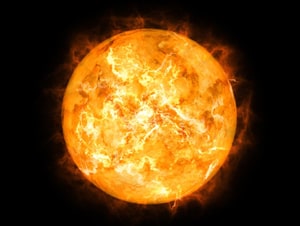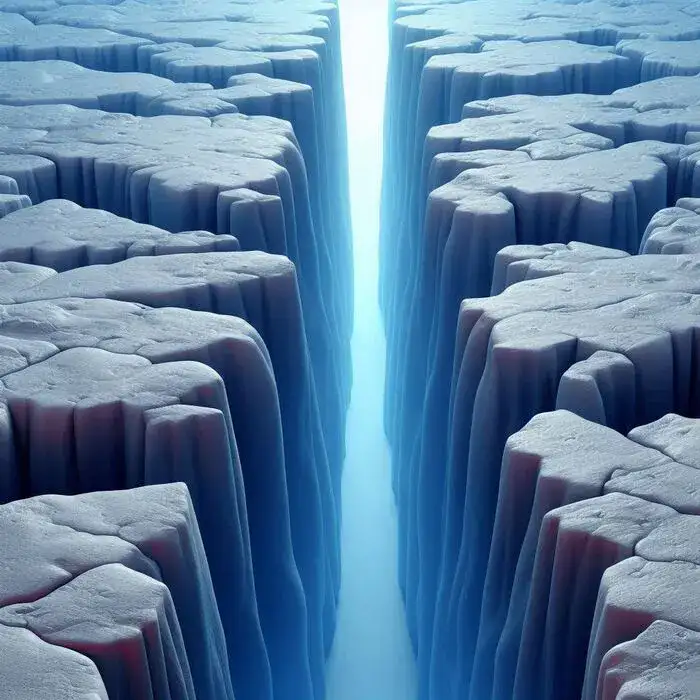English Documentary on the Sun English Documentary on the Sun https://www.youtube.com/watch?v=2HoTK_Gqi2Q While billions of stars are scattered throughout the universe, the one at the center of our solar system plays a special role for us here on earth. Our sun formed about 4.5 billion years ago in the Milky Way galaxy. It was born when a cloud of dust and gas known as solar nebula collapsed, and in the middle of this formation, matter condensed into a burning ball of gas that became our sun. The sun's fiery nature along with the tremendous gravitational pull and an extensive magnetic field ...
Home » English Documentaries with Transcript » English Documentary on the Sun with Flashcards

English Documentary on the Sun with Flashcards
Updated: by Dr. Mohammad Hossein Hariri Asl
Time to Read: 4 minutes | 351 Views | 5 Comments on English Documentary on the Sun with Flashcards
Share This Post
About the Author
Dr. Mohammad Hossein Hariri Asl is an English and Persian instructor, educator, researcher, inventor, published author, blogger, SEO expert, website developer, entrepreneur, and the creator of LELB Society. He's got a PhD in TEFL (Teaching English as a Foreign Language).
Number of Posts: 4227



I’m sure when the sun be out of hydrogen and get big and red,
we have been died already and we cannot see that I’m sure.
What do you mean by ‘we’? Do you mean all humanity? What about other creatures? We can discuss that in the class, though.
Why, in 6.5 billion years from now, will the sun start devouring the closest planets to itself?
The sun will not last forever. It will run out of its hydrogen fuel, turning to a Red giant and expand to devour the closest planets to itself.
Exactly! Fortunately, we won’t be there to experience this apocalypse!